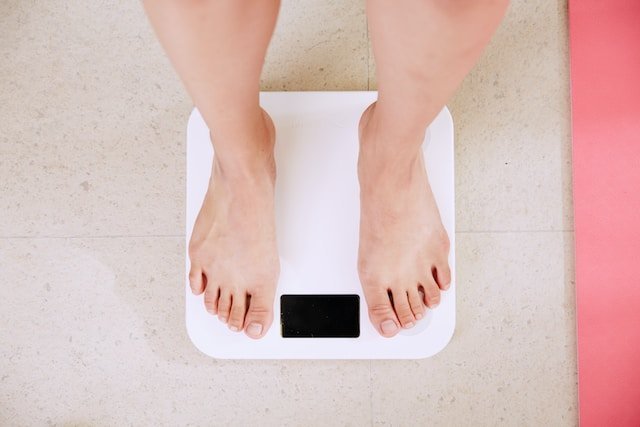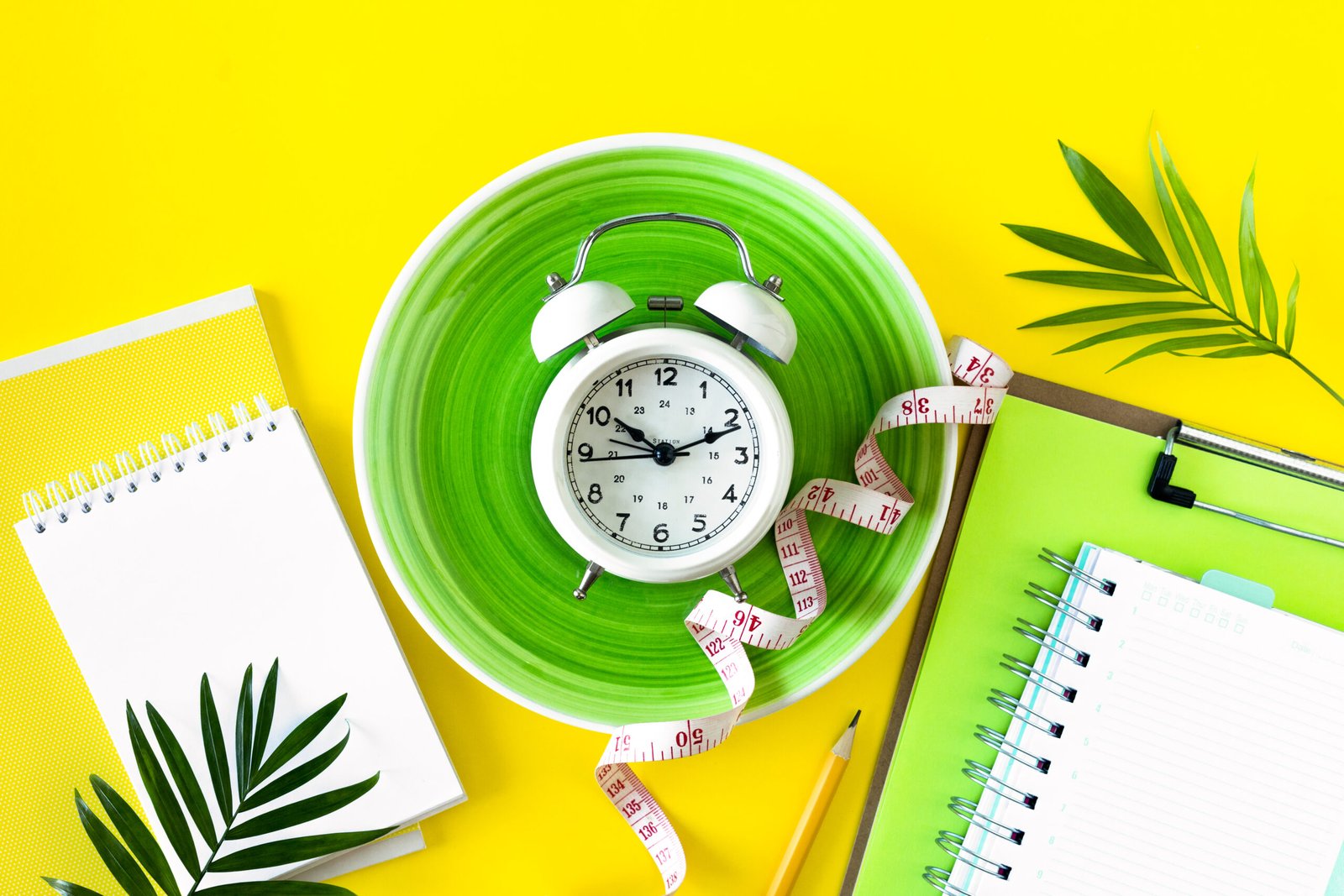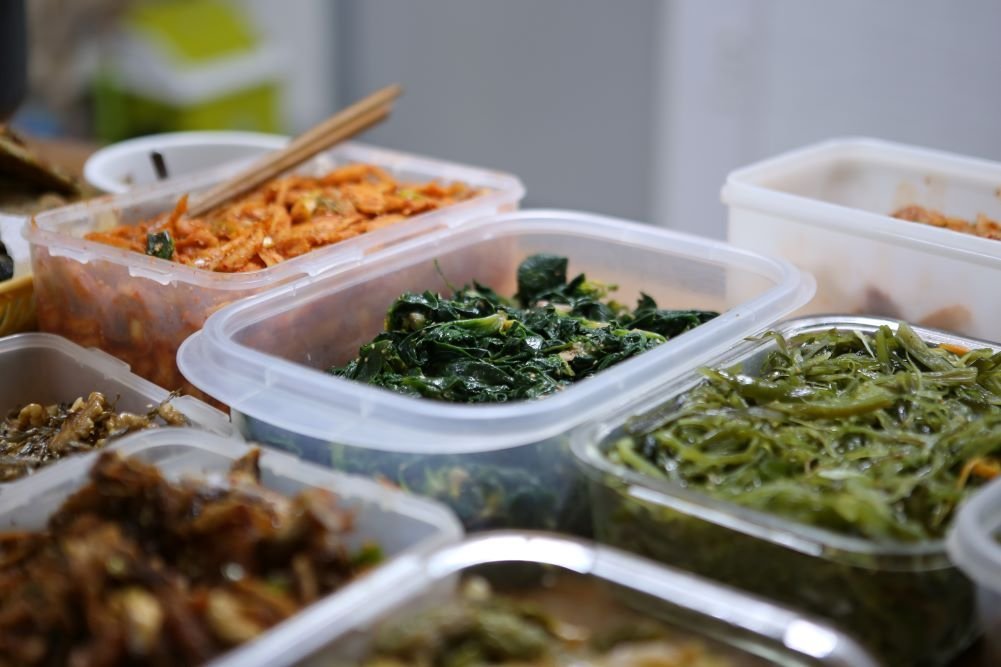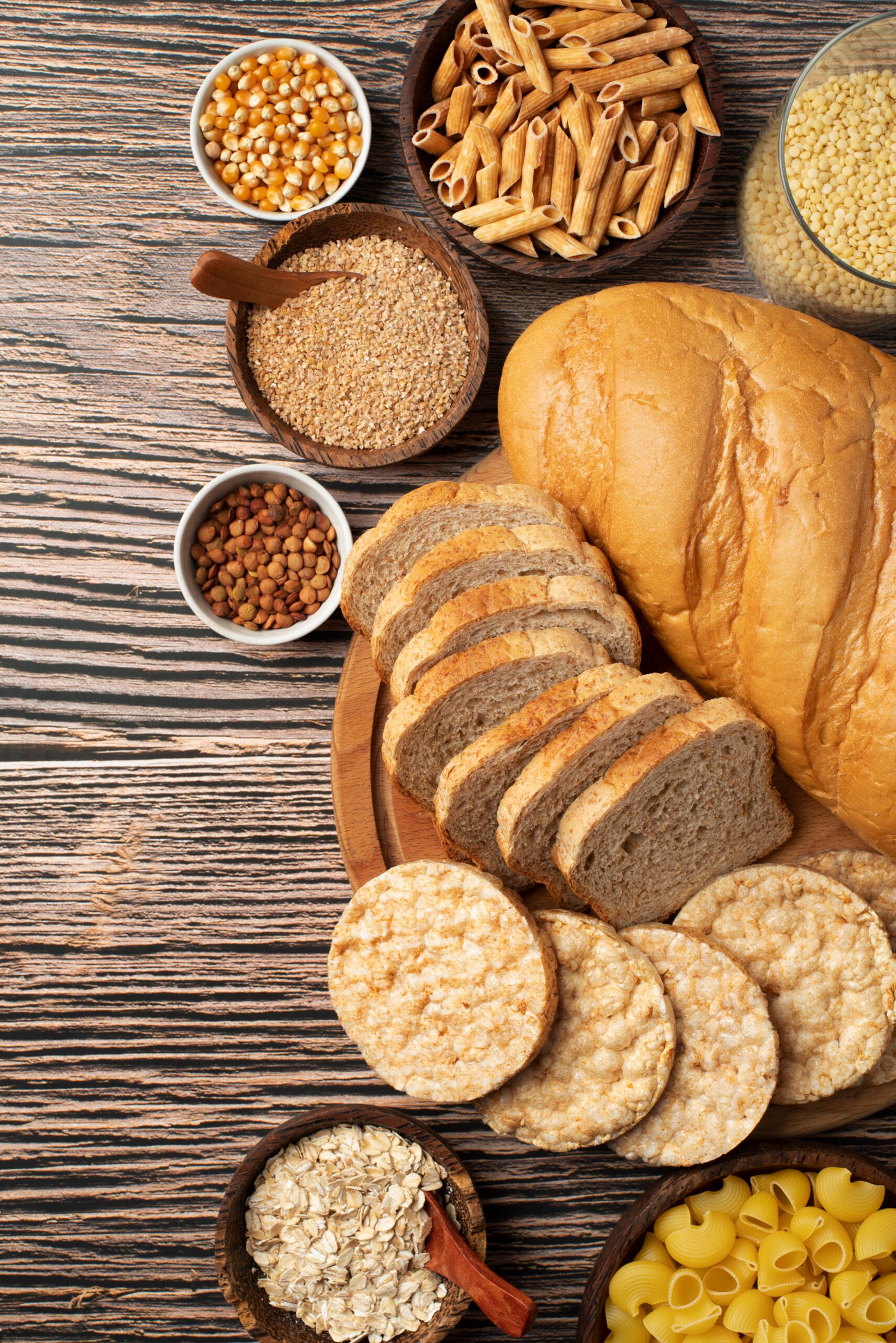
Every year, millions of people set New Year resolutions or post-holiday promises to “get healthy,” eat better, exercise more, and follow the latest weight loss food plan. But if you’ve ever found yourself making the same resolutions year after year, you’re not alone.
Here’s the harsh truth: resolutions often fail. Why? Because they tend to be rigid, unrealistic, or tied to specific dates or events—birthdays, weddings, holidays. The moment life gets busy, motivation dips, or there’s a minor slip-up (hello, cake at the office party!), the plan falls apart. The cycle of “start, slip, quit, and restart” repeats endlessly.
I’ve been stuck in that loop, too. But after several false starts, I discovered the secret isn’t about the perfect resolution—it’s about building consistent, flexible daily habits. Small changes, done daily, work far better than waiting for the mythical “perfect Monday.”
Here’s the honest, no-fluff approach I’ve followed to stay 80% consistent with my healthy lifestyle—without the guilt, binge cycles, or unrealistic restrictions:
Step 1: Eat in Moderation, Not Deprivation
Extreme diets rarely work long-term because they trigger feelings of restriction and lead to rebound overeating. Instead, I focus on portion control and nutrient balance.
My typical meal includes a small serving of brown rice, whole wheat bread or oats; plenty of vegetables – greens, colourful vegetables, or mixed salads; a palm-sized piece of meat, fish or chicken or eggs. For a vegetarian meal, I replace the meats with a cup of beans, peas or lentil or tofu or tempeh.
I stop eating when I feel about 80% full—a Japanese concept called Hara Hachi Bu, which encourages eating until you are satisfied, not stuffed.
One powerful tip: Plate all your food at once so you visually control your portion. Avoid second helpings.
If you’re new to mindful eating, following a structured weekly diet plan or weight loss food plan can help guide your portions until moderation becomes intuitive.
Step 2: Plan for Treats, Don’t Ban Them
Total deprivation rarely works. It builds cravings, which often explode into overeating. I consciously make space for the little indulgences I enjoy—two whole-grain biscuits with tea or a square of dark chocolate after dinner.
To balance the treats I reduce carb portions slightly at meals to stay within calorie targets; choose treats made with better ingredients—whole grains, dark chocolate; and limit quantities and enjoy every bite mindfully.
And if I overindulge? No guilt. Guilt often triggers emotional eating, creating a bigger setback. I simply adjust my intake at the next meal or the next day.
If you’re on a strict weekly diet plan, work with a nutritionist to sensibly fit your favourites in, so your plan feels sustainable—not punishing.
Step 3: Master Eating Out with Simple Swaps
Social events, dining out, and family gatherings are a part of life—and they don’t have to derail your progress. The goal isn’t to avoid these occasions, but to make smarter choices while still enjoying yourself.
When I eat out, I look for grilled, steamed, or baked options instead of fried foods. I’ll often swap heavy, oily gravies for clear soups or vegetable sides. I also never say a hard “no” to dessert—I simply share rich desserts with friends or family so I can enjoy a few bites without overdoing it.
When it comes to alcohol, I stick to spirits with soda water and usually cap it at two drinks. One thing I’ve learned—if I’m having dessert, I skip alcohol, and if I’m having drinks, I say no to dessert. Doing both adds nothing but empty calories, and I’ve found that sticking to one indulgence feels satisfying without throwing me off track.
That said, I’m not perfect. There are times when I decide to indulge fully—and that’s okay too. I enjoy every bite or sip, guilt-free, and simply balance things out by eating light at the next meal or the following day.
If you’re following a structured weight loss food plan, it’s always helpful to talk to your dietitian about realistic social eating strategies. A little planning can help you stay consistent while still enjoying life’s special moments.
Step 4: Exercise — Start Small, Stay Consistent
Waiting for the “perfect time” to exercise is honestly the easiest way to keep putting it off. I’ve been there. I used to think I needed a full hour, a proper gym, or the perfect schedule. But real progress started when I ditched that mindset and simply started small.
For me, it began with 15-minute walks after dinner or short home workouts from YouTube. Those small wins made me feel good and built my confidence to do more.
Today, my routine includes 30 to 40 minutes of walking, strength training, or yoga, at least five days a week. But I’m flexible. Some days I swap workouts depending on how I feel, and I always allow for rest days without guilt—because recovery is part of a balanced, healthy lifestyle.
The truth is, you don’t need fancy equipment or hours at the gym. Even short bursts of movement improve your mood, boost your metabolism, and strengthen your commitment to healthy eating. Start small—the consistency matters more than intensity.
Step 5: Track Progress and Emotions
A lot of our weight struggles don’t start with food—they start with how we feel. Stress, frustration, boredom, even tiredness can trigger emotional eating. That’s why journaling became such a powerful tool for me.
I keep two simple journals. The first is for my thoughts and emotions—writing them down helps me release stress, clear my mind, and I actually sleep better after. The second is a diet and activity log where I track my meals, snacks, and exercise. I update both every night before bed.
That little bedtime habit keeps me grounded. The first journal helps me manage stress, and the second helps me plan ahead, track progress, and stay motivated the next day.
Research shows people who track their habits double their chances of reaching their goals. It doesn’t matter how you do it—apps, notebooks, voice notes—they all work. When you track your efforts, you stay accountable. What gets measured, gets managed.
Step 6: Set Realistic, Measurable Goals
One of the biggest reasons people give up on a healthy lifestyle is setting goals that are simply unrealistic. I’ve done it myself—telling myself I’ll lose 5 kilos in a month or exercise every single day for an hour. But those extreme goals usually lead to frustration, burnout, and disappointment.
The better approach? Set small, achievable milestones for both weight and fitness. For example, aim to lose 2 to 3 kilos over 6 to 8 weeks. It may sound slow, but slow, steady progress is what truly lasts. As for exercise, don’t jump into daily hour-long workouts if you’re not ready. Start with just 20 minutes, three to four times a week. Once your body starts feeling stronger and you begin noticing results, I promise—you’ll naturally feel motivated to do more.
The important thing is to track your progress, but not obsess over perfection. I check in with myself daily, but I don’t beat myself up if I skip a workout or eat more than planned. If your goal is to exercise three to four times a week, missing a day is okay—you’ve got the flexibility to pace yourself.
And remember, progress isn’t just about the number on the scale. Some of the best signs that your new habits are working are non-scale victories like improved energy levels, better sleep, looser clothes, clearer skin, or simply making healthier food choices without overthinking it.
At the end of the day, it’s not about being perfect—it’s about staying consistent, making small improvements, and building habits you can stick with for life. Every little win counts and they all add up to lasting change.
The Bottom Line
At the end of the day, there’s no perfect moment to start your health journey—you simply begin, one small step at a time. Forget rigid resolutions and unrealistic expectations. Focus on building daily habits you can live with, and the results will follow naturally.
Stay consistent, be kind to yourself when you slip up, and celebrate every little win along the way. Your body is your greatest investment—nourish it, move it, and it will serve you well for years to come.
Good luck—you’ve got this!
Disclaimer Notice The information provided on this website, www.veveva-nutrition.com, is for general informational purposes only and is not intended as medical advice, diagnosis, or treatment. It should not replace consultation with a qualified healthcare professional. VeVeva Nutrition Pte Ltd (“VeVeva”), its directors, employees, affiliates, and partners make no representations or warranties regarding the accuracy, completeness, or reliability of the information provided. If you have any health concerns, are taking long-term medication, or are under medical supervision, please consult a doctor or qualified healthcare professional before making any changes to your diet, lifestyle, or treatment. Never disregard professional medical advice or delay seeking it because of something you have read on this website.




